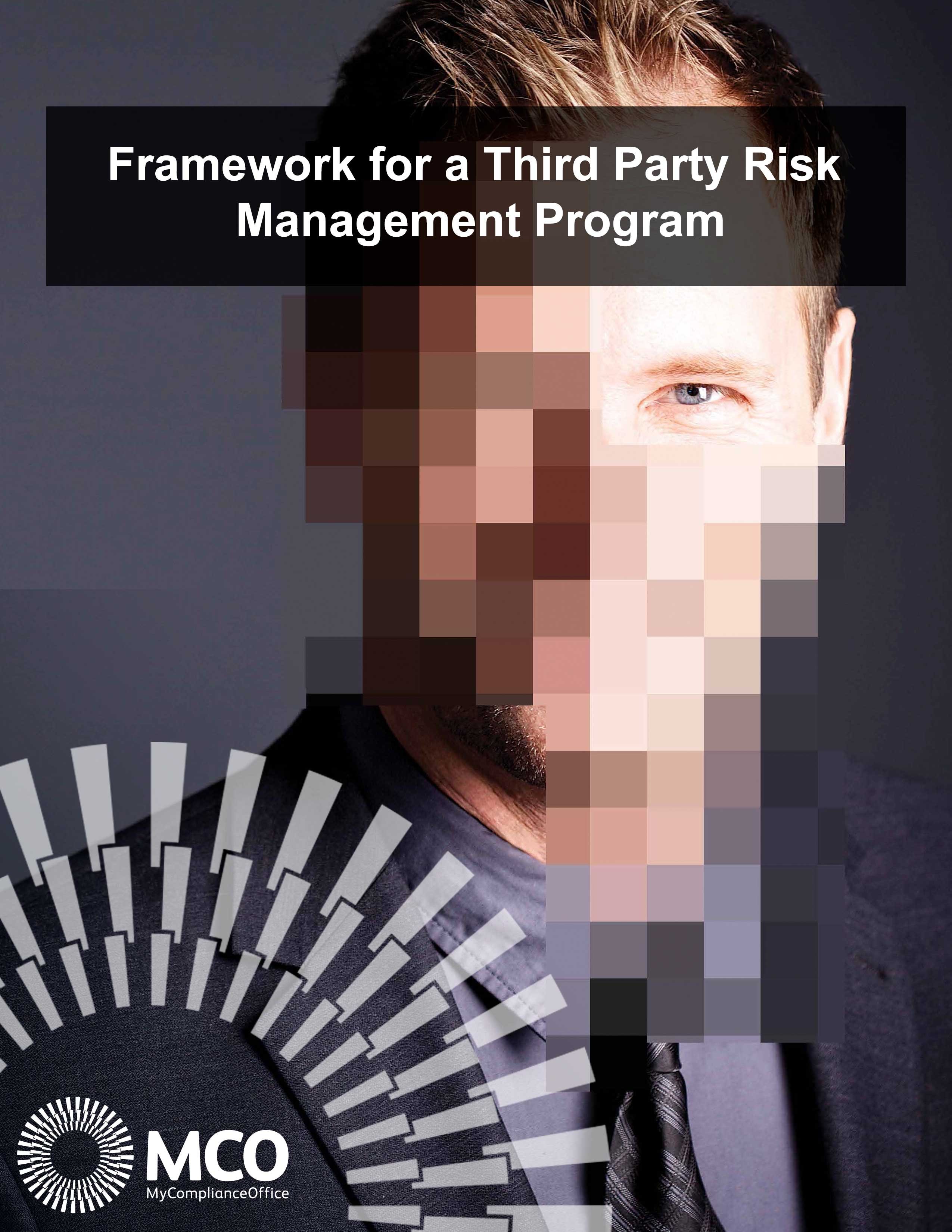Oversight, Reporting and Analytics of Third Parties
Building a framework for a third party vendor risk management program.
Once your third party risk management program is up and running, oversight of the program and the ability to conduct analytics of the program is very important. An automated solution should enable firms to quickly see the risk classifications of their third parties, the risk assessment and due diligence activities that are upcoming and past due. Alerts that have been generated and any cases or issues raised within the program, and their status, should all be available at a glance. The ability to conduct analysis on the risks presented by the third parties and delve into the source of the risks through visual tools such as matrices is key. Other analytical reports that show changes in risk profile over time are also very helpful to show trends.
Oversight, reporting and analytics is only one part of an effective
Click below to learn more about the other essential elements of a third party vendor risk management framework.
Third party data and contracts repository
Overcoming data dispersion to create a single integrated data pool is vital.
One of the principal challenges initiating the process to more effectively manage your third parties is the probable dispersion of
Missing third party data
It is highly probable that you will not have all the data you need from internal sources to conduct your risk assessment on the third parties. You will need to be sure that your platform is capable of gathering data from multiple external data sources.
To learn more about the different external data sources you will need, click here.
Risk scoring and assessment
Consistent risk assessment, scoring and classification are foundation activities.
Once you have your initial data about the third party, it is time to assess the risk and assign a risk classification to each vendor or third party. You will need to be methodological in your approach as regulators are expecting to see a robust, well-designed structure.
Third party due diligence
This part of the process requires deeper dives into areas of risk such as IT security, financial stability, corruption and bribery etc.
This is accomplished through multiple activities including the use of in-depth questionnaires, the screening of third parties against external databases such as World-Check, Dun and Bradstreet for financial standing and the scheduling and documenting of activities such as on-site visits, phone interviews etc.
Onboarding and terminating third parties
Onboarding of new third parties is a key process for the firm and implementing procedures to ensure that the correct third parties are on-boarded is critical.
It is an important part of your
Issue and case management of third parties
A robust solution must be able to handle and help you to resolve your issues and cases.
When you are classifying the risks and conducting due diligence you also need a robust system that can manage those occasions when a supplier or third party does not meet the standards set out in your policy documents.









